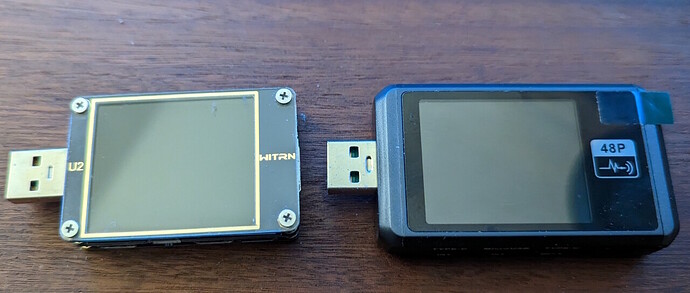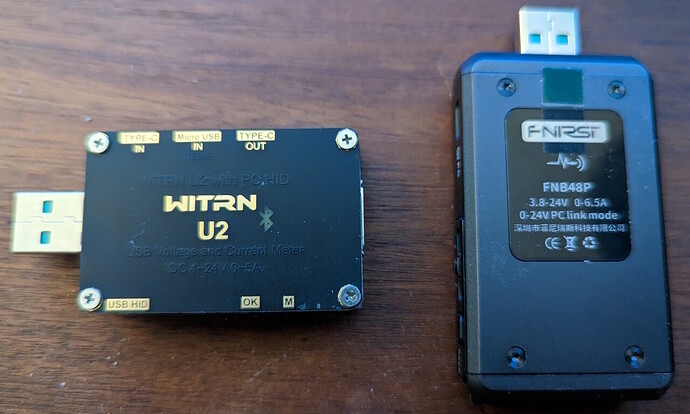I have had the same experience with 3 different Quick Charge 3.0 power supplies and also with two different USB power monitors, both of which, even when connected to different PD power supplies, only output Quick Charge 3.0. If I connect the VF2 v1.2a directly to a PD power supply without a power monitor, this behaviour does not occur.
Quick Charge 3.0 power supplies first start at 5V, switch to 12V quite quickly, switch back down to 5V when restarted and do not switch back up to 12V afterwards.
Here is a short video that hopefully makes this behaviour clearer: Quick Charge 3.0 power supplies at VF2 SBC v1.2A
I now have a little more time and want to do a cross-check with my VF2 v1.3b and will then report back.

